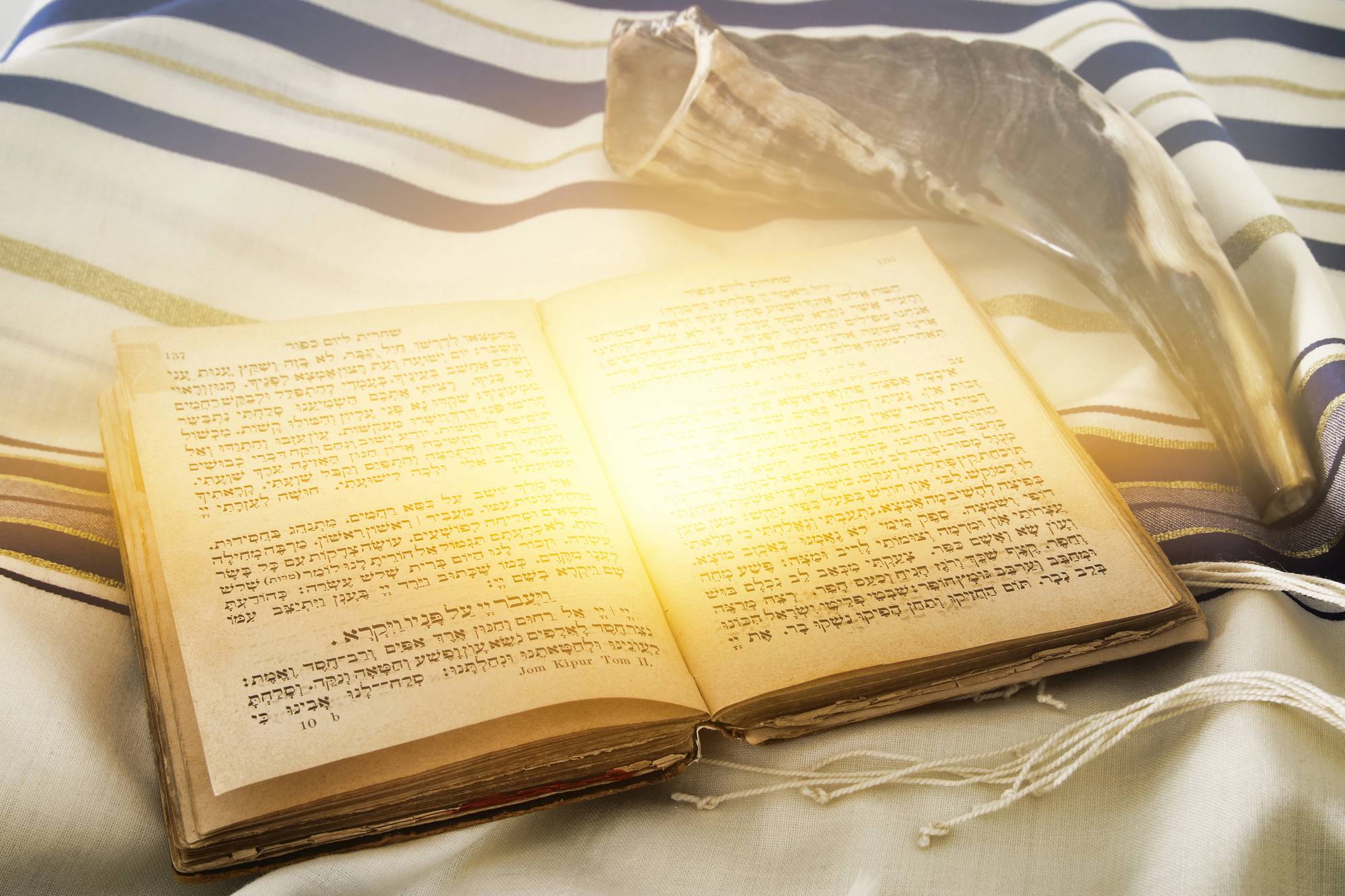According to Jewish tradition, Hashem began the creation of the world on the 25th of Elul, and on the sixth day of creation, 1st of Tishrei, Adam HaRishon, the first man, was created (see Vaikra Rabbah 29:1).
The purpose of his creation and his function in this world is to serve Hashem and obey His commandments. In this way, man earns his share of the World to Come, the world of spiritual enjoyment, instead of receiving Nahama deKisufa (literally, “Bread of Shame”), undeserved benefits from Hashem (Derech Hashem by Rabbi Moshe Chaim Luzzatto, 18th century).
The Mishnah (Rosh HaShanah Ch.1, Mishnah 2) states that every year on Rosh HaShanah, the anniversary of his creation, each person must answer before the Heavenly Court how he has fulfilled his mission in this world during the past year, and his judgment is pronounced accordingly.
The days of judgment continue until Yom Kippur, the Day of Atonement, when Hashem forgave the Jewish people for the sin of the Golden Calf. Until then, man is given the opportunity to make Teshuva (return to Hashem) and repent of his sins in order to receive a good verdict.
The Talmud (Rosh HaShanah 16b) describes the process of this judgment in more detail:
Rabbi Kruspedai taught in the name of Rabbi Yocḥanan: On Rosh HaShanah, three books are opened: The Book of the Sinners, the Perfectly Righteous, and the Mediocre. The perfectly righteous are immediately inscribed [on Rosh HaShanah] in the Book of Life and [their judgment] is sealed; the sinners are immediately inscribed [on Rosh HaShanah] in the Book of Death and [their judgment] is sealed. The judgment of the mediocre lasts from Rosh HaShanah until Yom Kippur; if they merit it [by making Teshuva], they are inscribed in the Book of Life, and if not, they are inscribed in the Book of Death.
The Meiri (Rabbi Menachem Ben Schlomo, 1249-1315) explains that the three books do not refer to real books, but rather are a metaphorical expression for three different categories of judgment on Rosh HaShanah.
However, the Talmud does not explain who is considered to be completely righteous or a sinner and what this judgment is about. The opinions of the Rishonim (medieval scholars) differ on this question:
The Tosfos (early medieval scholars from Alsace and Germany) believe that on Rosh HaShanah a person’s fate is decided not in this world, but in the world to come, with the perfectly righteous being rewarded with Gan Eden (paradise), while perfect sinners are first punished with Gehinom (painful spiritual purification).
They argue that there are many sinners who live long and peacefully in this world, and no fewer righteous people who suffer and die prematurely, so Rabbi Kruspedai’s statement about the judgment on Rosh HaShanah cannot be about man’s fate in this world.
The explanation for this apparent injustice (the righteous must suffer and the sinners live peacefully) is hinted at in the Talmud (Kiddushin 39b):
Hashem punishes the righteous in this material world with relatively mild (compared to the world to come) punishments to cleanse him of his sins, so that the righteous will not have to undergo painful spiritual purification in the next world.
Devoted sinners are rewarded in this material world with wealth and long life for their individual good deeds, but later (in the next world) must endure the terrible sufferings of Gehinom to purify themselves of their many sins before they are allowed to enter Gan Eden [it should be noted that every person always has the opportunity to make Teshuva – to sincerely repent of his sins and be cleansed of his sins].
The later scholars (Ramban, Rashba, Ritva, 13th century) reject this innovative interpretation on the grounds that it is clear from the prayers on Rosh HaShanah (cf. Mussaf for Rosh HaShanah, written mainly by Anschei Knesset HaGedola – the men of the Great Assembly) that man’s future in this world is decided on that day.
In response to the Tosafists’ question as to how it can be that the righteous die in this world and the sinners live, they explain that “righteous” and “sinners” in Rabbi Kruspedai’s statement do not necessarily mean righteous and sinners in the true sense of the word:
In their view, the term “sinner” can also mean a righteous person who may even be punished with death in this world in order to cleanse him of his sins and allow him immediate entry into the world to come. Likewise, “righteous” can also mean a person who is in fact a sinner, but who is rewarded handsomely in this world in order to punish him exclusively in the world to come.
Tosfos rejected this explanation because the Talmud would not describe such people as “perfectly righteous” or “perfect sinners.
The Rambam (Maimonides, Yad Chazaka Hilchot Chuva Ch.3, Halacha 3) also seems to understand that the judgment on Rosh HaShanah refers to man’s future in this world. However, he seems to suggest a different answer to the Tosafist’s question:
He writes that no one but Hashem alone knows how to determine a person’s spiritual status. There are “big” commandments that outweigh several sins, and vice versa, some serious sins outweigh several commandments. In addition, the character or nature of the person and the degree of difficulty of the temptation must be taken into account.
Until now, only two possibilities have been discussed in the explanations of the Rishonim: either the future of man in this material world or the spiritual world to come is decided at the judgment on Rosh HaShanah.
The Gaon of Vilna (1720-1797), on the other hand, holds that both are decided on Rosh HaShanah, with the difference that the fate in this world for all (righteous and sinners) is not finally sealed until Yom Kippur, while a distinction is made between the righteous, the mediocre, and the sinners as to their fate in the next world.
There is a well-known question about Rabbi Kruspedai’s statement regarding the “mediocre”:
Rabbi Kruspedai teaches that if the “mediocre” do not make Teshuva by Yom Kippur, they will be inscribed in the Book of Death just like the sinners. The question is, just as they were mediocre before, what has changed after Yom Kippur?
Rabbenu Yona (Rabbi Yona Gerondi, 1180-1263) explains that in these days between Rosh HaShanah and Yom Kippur, it is a special mitzvah to do Teshuva because, figuratively speaking, Hasem is close to us, as it says: “Seek Hashem while He may be found, call to Him while He is near” (Yeshayah, Chapter 55, Verse 6).
To waste this opportunity is a great sin that tips the scales from the mediocre to the sinful.
May we all be inscribed in the Book of Life (on Rosh HaShanah), in this world and in the next, Shana Tova!




